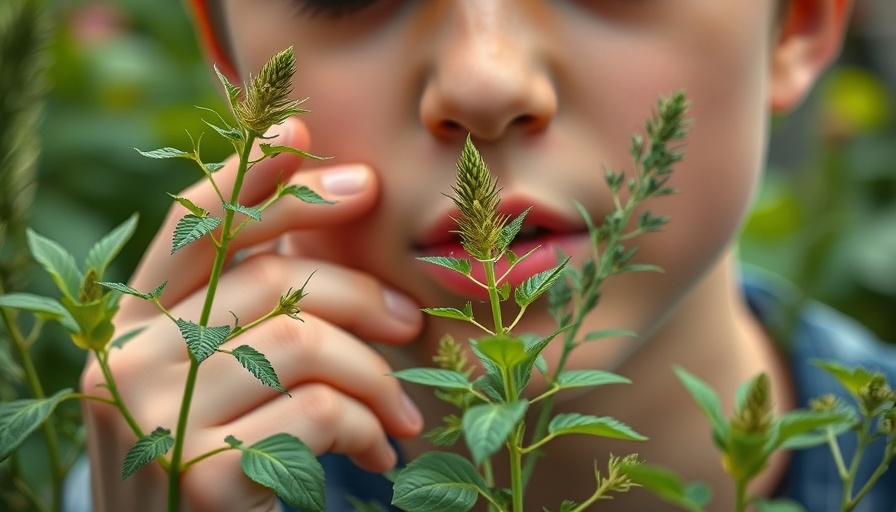
Understanding Seasonal Allergies and Gardening
Seasonal allergies can transform the joy of gardening into a sneezing nightmare for many. Peak pollen seasons occur in spring and late summer, times when gardeners are most active. Knowing which plants contribute to allergies is key in creating a garden that's both beautiful and bearable. The biggest culprits of allergic reactions are wind-pollinated plants that release fine pollen, easily dispersed by the wind to fertilize their counterparts. As a result, allergy sufferers may find themselves sneezing, with itchy eyes, and facing various symptoms that ruin outdoor enjoyment.
Identifying Wind-Pollinated Plants To Avoid
The plants most notorious for triggering allergies tend to have simple, unimpressive flowers. Major offenders include:
- Cedar trees
- Mulberry trees
- Ash trees
- Birch trees
- Oak trees
- Maple trees
This list, though not exhaustive, highlights sizable contributors to pollen counts during critical times of the year.
Making Smart Plant Choices
When constructing gardens, it’s crucial to consider plant pollution. Opting for insect-pollinated plants can dramatically reduce allergic reactions, as their sticky pollen clings to pollinators rather than floating in the air. Examples of safer choices might include flowers like bee balm and lilies, which support local pollinators without burdening allergy sufferers. Additionally, bear in mind the common misconception that showy flowers like goldenrod cause allergies; in reality, they flower at the same time as largely unnoticed but highly allergenic plants like ragweed.
Building a Garden That's Allergy-Friendly
Starting a backyard planting box or constructing outdoor soil beds is a great way to create an allergy-friendly garden. Focusing on a mix of low-allergen and insect-pollinated plants can lower pollen levels while beautifying your space. Furthermore, techniques like building elevated planter boxes can improve accessibility and potentially lessen soil exposure, which can also harbor molds that trigger allergies.
Strategies for Managing Allergy Symptoms in the Garden
Once you've chosen your plants wisely, it’s essential to manage the physical act of gardening effectively. Wearing a mask, gardening during non-peak pollen times, and taking antihistamines beforehand can offer relief. Regular maintenance, including leaf cleanup and monitoring soil for mold, contributes to lowering allergens. Additionally, techniques like automated watering hacks can help maintain moisture levels in the soil, reducing dust and pollen exposure during your gardening sessions.
Final Thoughts and Call to Action
Creating a beautiful garden doesn’t have to come at the expense of your comfort. By opting for insect-pollinated plants, avoiding main culprits, and implementing the right strategies, allergy sufferers can enjoy their gardening space effectively. To professionalize your outdoor care further—whether implementing maintenance or enhancing aesthetics—consider contacting your local lawn care service, Norther-LawnCare.com, at 231-450-3414. They’re ready to help you maintain a beautiful outdoor environment that you can enjoy year-round.
 Add Row
Add Row 
 Add
Add 


Write A Comment